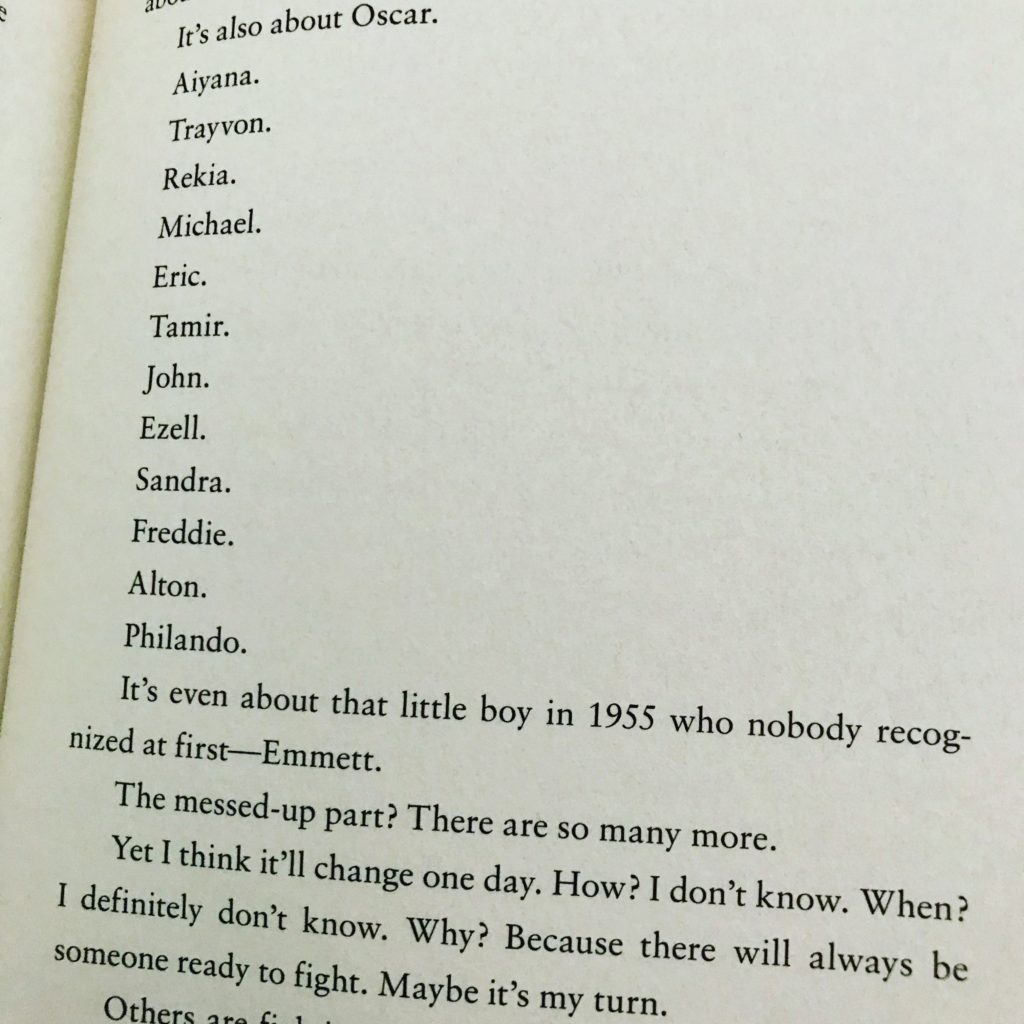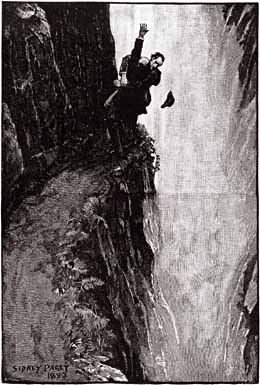I bought Angie Thomas’s debut novel The Hate U Give last March, and I’ve been meaning to read it ever since. It was published at the end of February last year, and the buzz around this novel has been incredible. The buzz is completely justified. This book tells an important story.
Starr Carter lives between two worlds. She goes mostly-white Williamson Prep, but she lives in Garden Heights, a neighborhood in the crosshairs of gang violence and drug abuse. Her parents send her to Williamson after one of her childhood best friends, Natasha, is killed in a drive-by shooting. As the story begins, Starr has agreed to go to a neighborhood party with her friend Kenya. She catches up with her other childhood best friend Khalil, whom she hasn’t seen in months. A fight erupts at the party, and Starr and Khalil flee the party after hearing shots. After a few moments in the car, they see the blue lights of a police car behind them. In an echo of the story that has become a refrain, the officer kills Khalil. Starr must decide how and when to speak up.
This novel is the book we need to document this moment. I don’t think I’ve ever run across a novel that captured the times we live in so well. Of course, Angie Thomas makes the point that violence against African-Americans has existed always, but what is new is the documentation of it and the awareness we see among people who were previously blind to what was happening right in front of them.

This book is wake-up call to America’s conscience. I think everyone should read it. I’d like to think we could read it again in ten or twenty years and think about the distance we have come. Like Starr, I’m not sure when things will change, but I have hope they will. I sense they will. I know I’m sometimes accused of being overly optimistic, but what does it say about us if we don’t have hope that we can change? That things can be better? For the first time, it seems like people can see and hear each other. Not everyone, but a critical mass that didn’t seem to exist before. People are not forgetting. People are remembering the names. People are using their words. Not everyone sees and hears. Yet. But books like The Hate U Give help. One thing I plan to do as a teacher is put this book into as many hands as I can.
Rating:




 While this book was not on my backlist when I started the Beat the Backlist reading challenge, it has been on my backlist for a while. I’m counting it anyway—I’m not in any danger of completing the challenge with the boost this single book will give me.
While this book was not on my backlist when I started the Beat the Backlist reading challenge, it has been on my backlist for a while. I’m counting it anyway—I’m not in any danger of completing the challenge with the boost this single book will give me.






